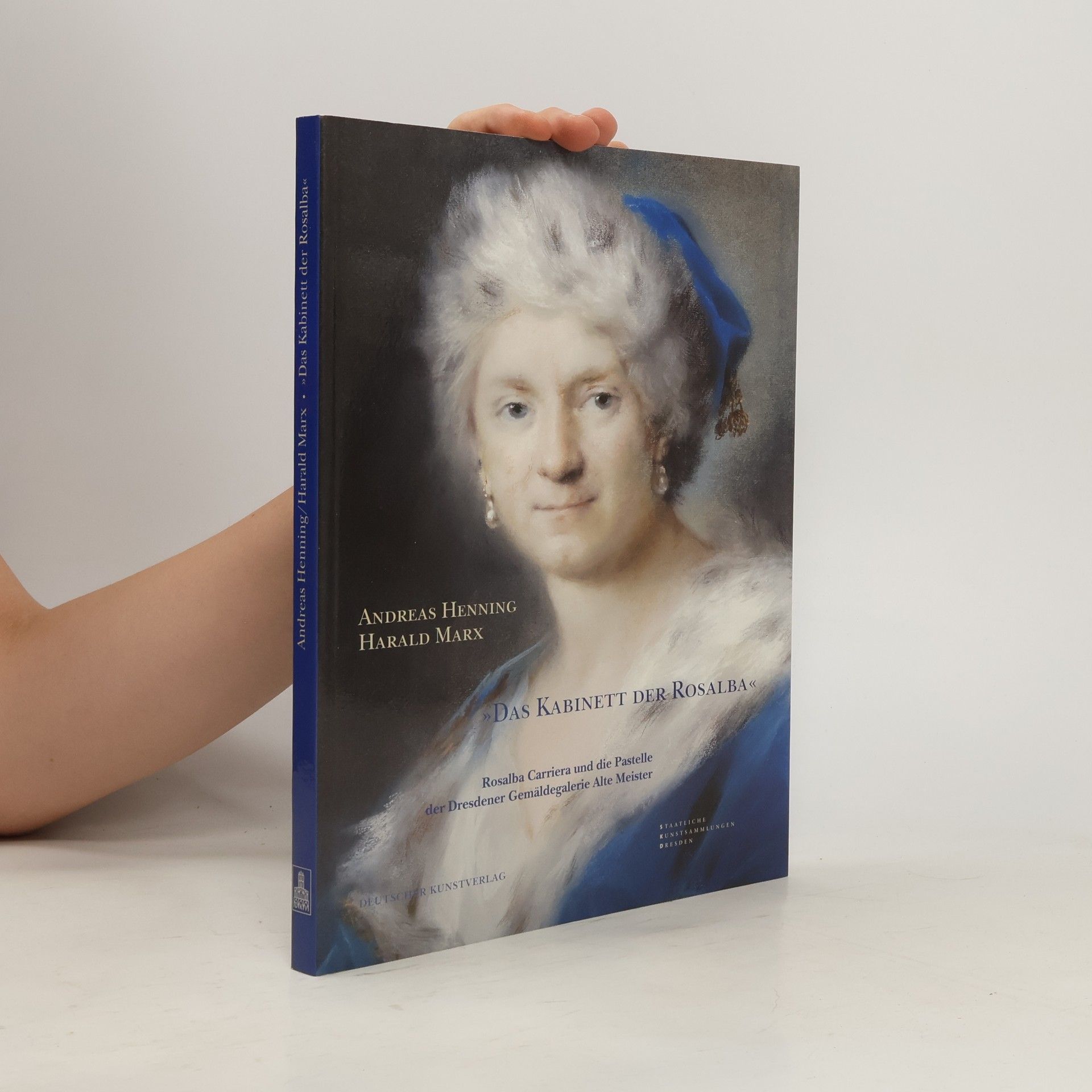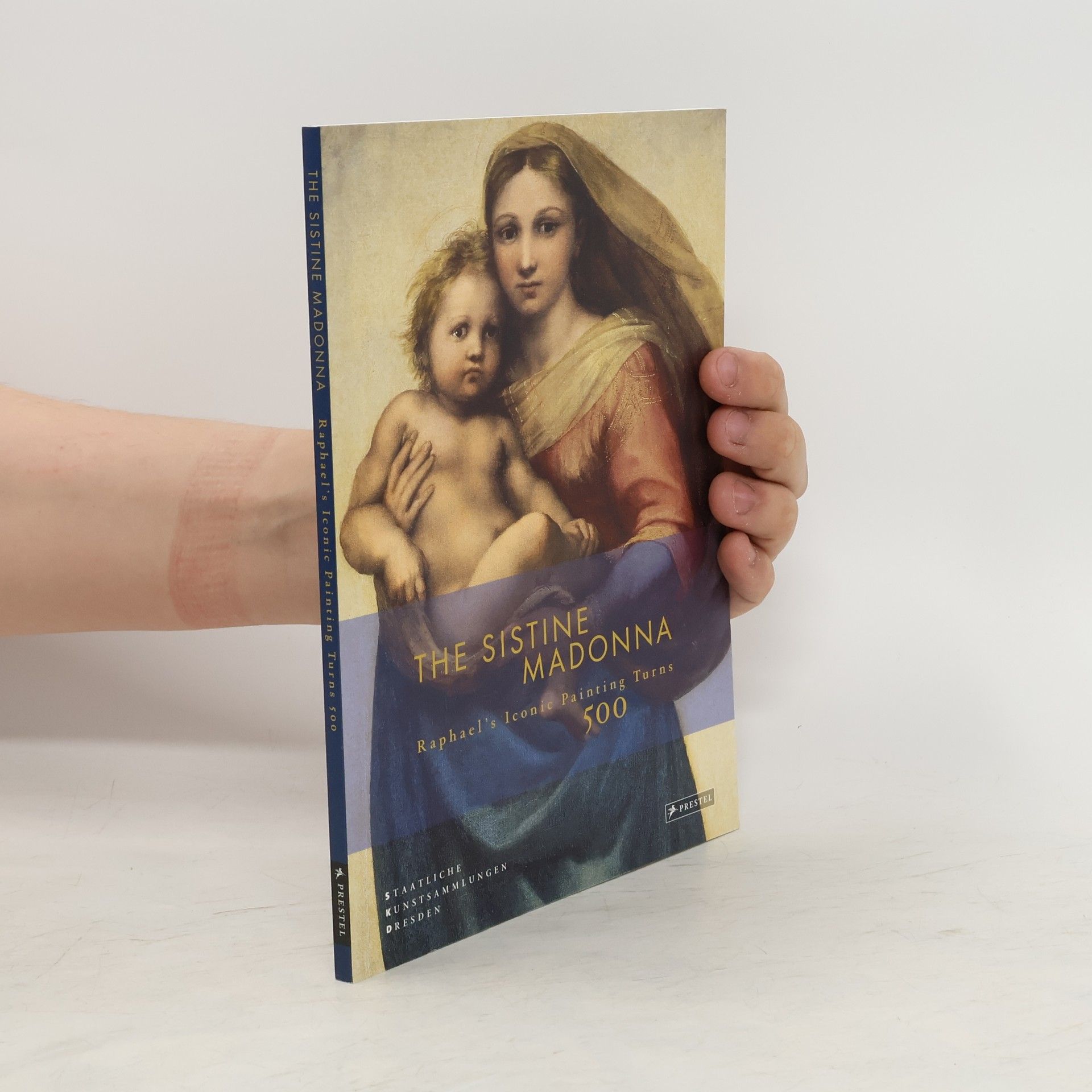Jenseits der Trauer
Die spirituelle Reise eines trauernden Vaters durch Verlust, Heilung und spirituelle Erleuchtung.






Die spirituelle Reise eines trauernden Vaters durch Verlust, Heilung und spirituelle Erleuchtung.
International audiences know Slawomir Elsner (b. Wodzislaw Slaski, Poland, 1976; lives and works in Berlin) for his naturalistic paintings and abstract watercolors, but it was his brilliantly executed colorful drawings that made him famous. The technique of his work in crayons is as formidable as it is singular and underlies his many adaptations of legendary works from the history of painting. Do pictures represent reality or distort it? That is the question that guides his inquiries. Many of the works frame accidents, wars, nuclear tests, or other horrible events. By harnessing the means of art to detach their depiction from a documentary setting, Elsner achieves an unrivaled degree of aestheticization; his works are fascinating at first glance, only to fill the beholder with a creeping dread.
The book serves as a companion to the exhibition "Jean de Jullienne: Collector & Connoisseur," highlighting the life and contributions of Jean de Jullienne within the context of Watteau and his artistic circle. It explores Jullienne's role as a collector and connoisseur, showcasing his influence on the art world and the significance of his collection. The exhibition, held at the Wallace Collection in London, provides insights into the artistic connections and cultural context of the 18th century.
The Sistine Madonna is one of the most famous works of art in the world. Even those unfamiliar with the painting will recognise the two little angels at the bottom, who are so widely loved and have so frequently been copied. The cherubs and many other figures are highlighted in this booklet, offering a complete view of the Sistine Madonna and its eventful history, from its origins in the Italian Renaissance to its status as a global icon.
Raffael, der Malerfürst der Renaissance, und sein berühmtestes Gemälde Im Auftrag von Papst Julius II. schuf Raffael 1512 die Sixtinische Madonna – heute eines der berühmtesten Kunstwerke der Welt. Wer über das großformatige Gemälde nichts weiß, kennt zumindest die beiden Engelchen, die so sympathisch am unteren Bildrand lümmeln, unzählige Male kopiert wurden und getrost als Pop-Ikonen bezeichnet werden können. Mit der großen Jubiläumsausstellung feiert Dresden den 500. Geburtstag dieses Altarbildes. Eine opulente Publikation begleitet dieses Großereignis, berichtet von spannenden Geschichten, geheimen Verhandlungen, glanzvollen Präsentationen, Vergessenheit und internationalem Ruhm, künstlerischen Entdeckungen und abgründigem Kitsch.
Raffaels Madonnen in Dresden erstmals wiedervereint „Himmlischer Glanz“ führt zwei Altartafeln von Raffael zusammen, die zuletzt 1512 gemeinsam im Atelier des Künstlers standen: die „Madonna di Foligno“ und die „Sixtinische Madonna“. Beide Gemälde sind so eng miteinander verwandt, dass man sie als 'Geschwisterbilder' bezeichnen muss: Zur selben Zeit von Raffael gemalt, zeigen sie die himmlische Erscheinung der Madonna. Erstmalig verlässt die „Madonna di Foligno“ die Pinakothek der Vatikanischen Museen, um zu einer Ausstellung zu reisen. Die beiden einzig überlieferten Vorzeichnungen zu diesem Werk werden ebenfalls zu sehen sein. Der malerische Kosmos der Marien-Darstellungen nördlich und südlich der Alpen wird um weitere hochkarätige Werke von Raffaels Zeitgenossen ergänzt, darunter Gemälde von Albrecht Dürer und Matthias Grünewald. „Himmlischer Glanz“ ist das Katalogbuch zur Ausstellung in der Gemäldegalerie Alte Meister in Dresden, die in Kooperation mit den Musei Vaticani im Rahmen des Besuchs von Papst Benedikt XVI. in Deutschland (22. bis 25. September 2011) stattfindet.
Kein Gemälde hat unsere Vorstellung von Dresden im Barockzeitalter so geprägt wie die Vedute 'Dresden vom rechten Elbufer unterhalb der Augustusbrücke', die Bernardo Bellotto 1748 für August III. schuf. Dieses Werk wurde als 'Kulturbotschafter' in internationalen Ausstellungen vor und nach 1989 hoch geschätzt. Bellotto, der in Venedig ausgebildet wurde und nach Dresden kam, schuf ein Meisterwerk, das zur Signatur der urbanen Gegebenheiten wurde. Der Begriff 'Canaletto-Blick' ist bis heute geläufig und beschreibt diese Ansicht, die das höfische und bürgerliche Dresden sowie seine landschaftlichen Reize und künstlerische Ausgestaltung vereint. Lange bestand der Wunsch, dieses vielgereiste Gemälde einer grundlegenden Restaurierung zu unterziehen. Die Ausstellung und der Katalog bieten nun, wie in der Tradition der Reihe 'Das restaurierte Meisterwerk', einen tiefen Einblick in den Restaurierungsprozess und präsentieren die vielfältigen Perspektiven des Hofmalers auf die Residenzstadt. Diese Einblicke zeigen das bereits frühzeitig und erfolgreich vervielfältigte Bild Dresdens und beleuchten die künstlerische Bedeutung des Werkes.
'Die Madonna Stroganoff' von Angelo Bronzino aus der Sammlung des Staatlichen A. S. Puschkin Museum für Bildende Künste Moskau Diese Publikation erschien anlässlich der gleichnamigen Kabinettausstellung in der Gemäldegalerie Alte Meister der Staatlichen Kunstsammlungen Dresden (28. Oktober 2009 – 31. Januar 2010). Das Gemälde 'Die Heilige Familie', besser bekannt als 'Madonna Stroganoff', zählt mit Recht zu den Meisterwerken des berühmten Florentiner Manieristen Angelo Bronzino. Ende des 18. bzw. zu Beginn des 19. Jahrhunderts wurde es von Graf Alexander Stroganoff, einem leidenschaftlichen Sammler und Kenner der italienischen Malerei, erworben
Die Gemäldegalerie Alte Meister in Dresden ist eine der bedeutendsten Kunstsammlungen der Welt. Der prachtvolle Bildband stellt 120 Meisterwerke vor und führt in die Geschichte der berühmten Sammlung ein. Viele der hier ausgestellten Stücke gehören zu den Hauptwerken der europäischen Malerei von der Renaissance bis zum Ende des 18. Jahrhunderts. Die Anfänge der Sammlung gehen zurück auf die 1560 gegründete Kunstkammer der sächsischen Kurfürsten. August III. erweiterte die Sammlung durch umfangreiche Ankäufe zu einer einzigartigen Kollektion. Herausragend ist der Bestand an Gemälden der italienischen Renaissance, darunter Raffaels 'SixtinischeMadonna', Giorgiones 'Schlummernde Venus' und Tizians 'Zinsgroschen'. Einen weiteren Schwerpunkt der Sammlung bilden flämische und holländische Gemälde des 17. Jahrhunderts von Rubens, van Dyck, Rembrandt und Vermeer. Zu den Schätzen der Galerie gehören ebenfalls spanische, französische und deutsche Gemälde.